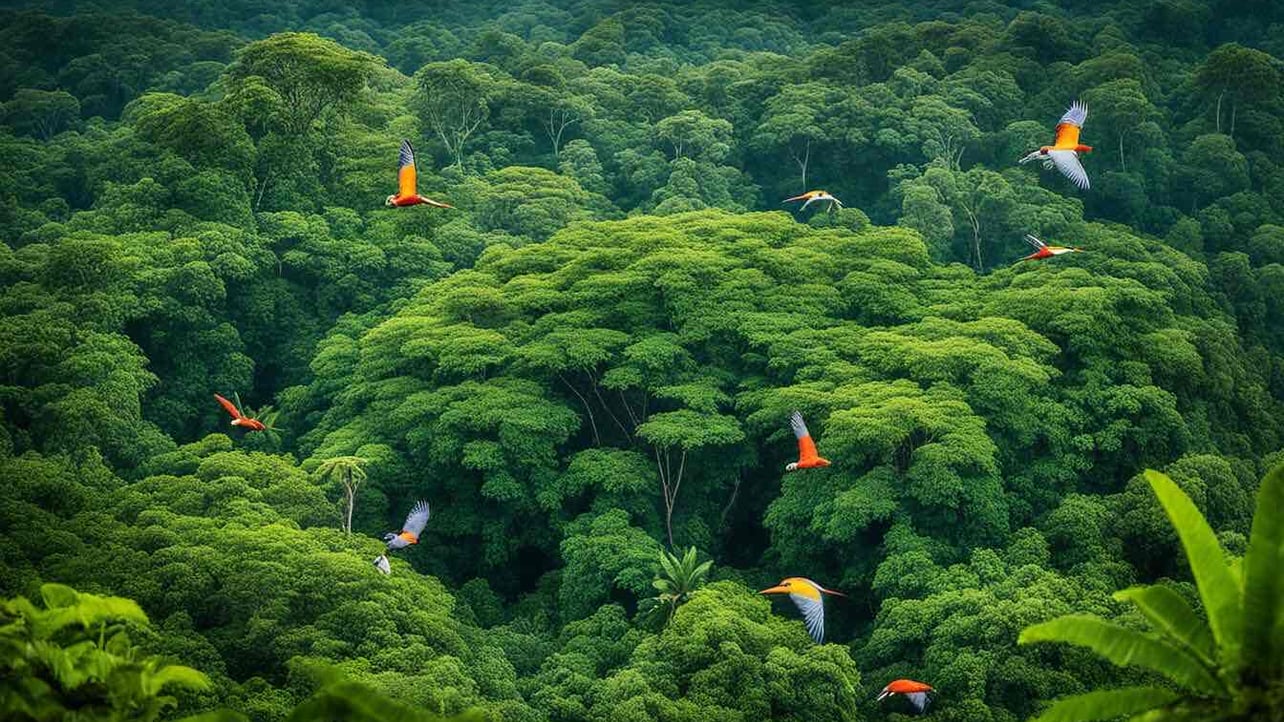
Kongo
@kongo
189 Following
77 Followers
Kongo, former kingdom in west-central Africa, located south of the Congo River (present-day Angola and Democratic Republic of the Congo). According to traditional accounts, the kingdom was founded by Lukeni lua Nimi about 1390. Originally, it was probably a loose federation of small polities, but, as the kingdom expanded, conquered territories were integrated as a royal patrimony. Soyo and Mbata were the two most powerful provinces of the original federation; other provinces included Nsundi, Mpangu, Mbamba, and Mpemba. The capital of the kingdom was Mbanza Kongo. The capital and its surrounding area were densely settled—more so than other towns in and near the kingdom. This allowed the manikongo (king of Kongo) to keep close at hand the manpower and supplies necessary to wield impressive power and centralize the state. 0 reply
2 recasts
2 reactions
Kongo, former kingdom in west-central Africa, located south of the Congo River (present-day Angola and Democratic Republic of the Congo). According to traditional accounts, the kingdom was founded by Lukeni lua Nimi about 1390. Originally, it was probably a loose federation of small polities, but, as the kingdom expanded, conquered territories were integrated as a royal patrimony. Soyo and Mbata were the two most powerful provinces of the original federation; other provinces included Nsundi, Mpangu, Mbamba, and Mpemba. The capital of the kingdom was Mbanza Kongo. The capital and its surrounding area were densely settled—more so than other towns in and near the kingdom. This allowed the manikongo (king of Kongo) to keep close at hand the manpower and supplies necessary to wield impressive power and centralize the state. 0 reply
2 recasts
2 reactions
0 reply
2 recasts
2 reactions
0 reply
2 recasts
3 reactions
0 reply
5 recasts
7 reactions
1 reply
5 recasts
6 reactions
1 reply
2 recasts
3 reactions
0 reply
3 recasts
3 reactions
0 reply
0 recast
0 reaction
0 reply
7 recasts
6 reactions
1 reply
7 recasts
6 reactions
0 reply
8 recasts
7 reactions
When the hydrogen fuel for the fusion reaction runs out, the star turns to helium for a fuel source, burning it into an even heavier mix of carbon, nitrogen and oxygen. Eventually, the helium will also be exhausted, and the star dies, puffing off its outer gaseous layers and leaving behind the tiny, hot, dense core, called a white dwarf. The white dwarf is about the size of Earth, but has a mass very close to that of the original star; in fact, a teaspoon of a white dwarf would weigh as much as a few elephants!
The glow from planetary nebulae is particularly intriguing as it appears surprisingly similar across a broad swath of the spectrum, from ultraviolet to infrared. The Helix remains recognizable at any of these wavelengths, but the combination shown here highlights some subtle differences. 0 reply
8 recasts
7 reactions
1 reply
8 recasts
8 reactions
0 reply
0 recast
0 reaction
1 reply
9 recasts
9 reactions
0 reply
9 recasts
8 reactions
0 reply
4 recasts
4 reactions
22 replies
36 recasts
228 reactions
0 reply
0 recast
0 reaction